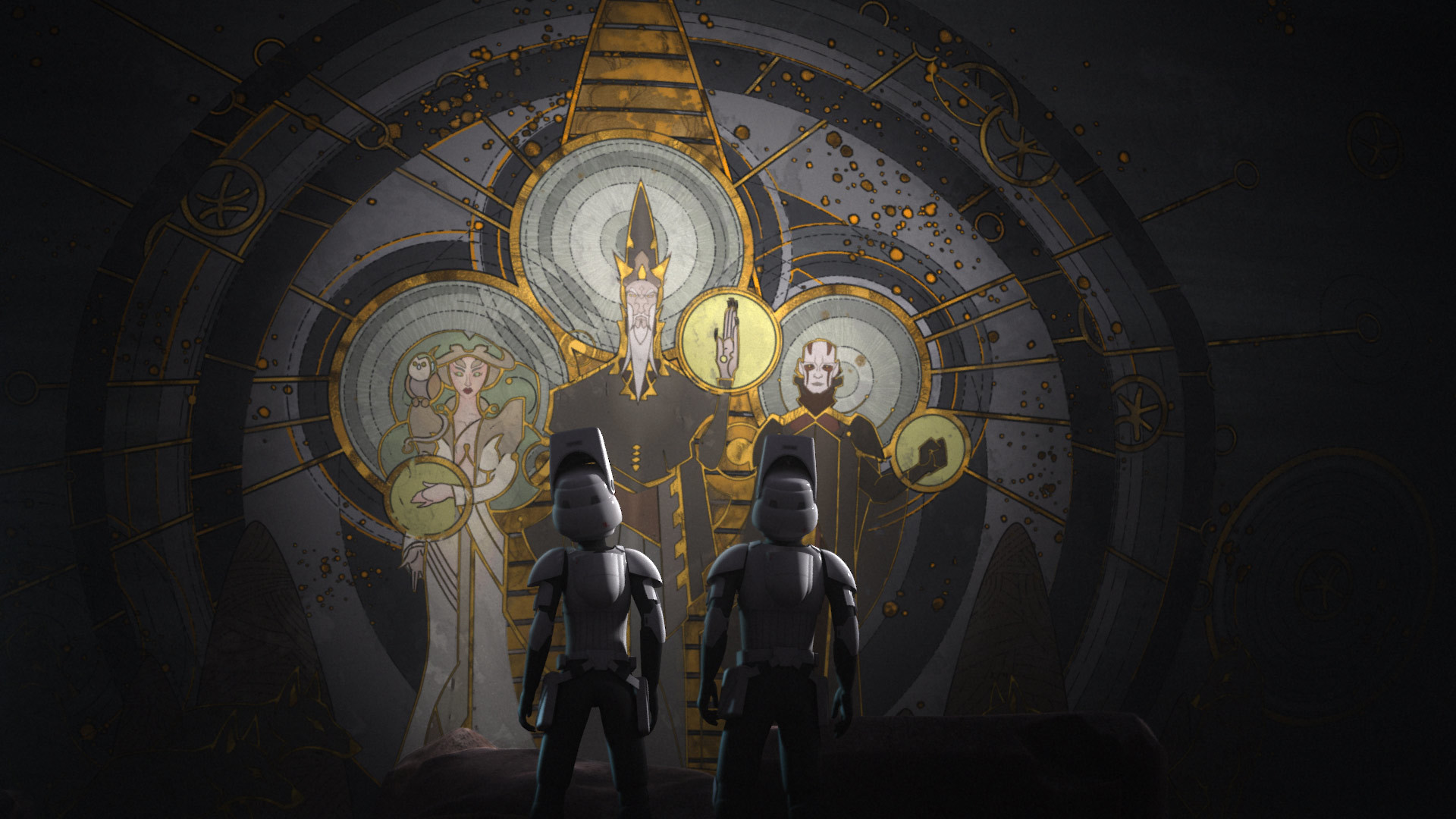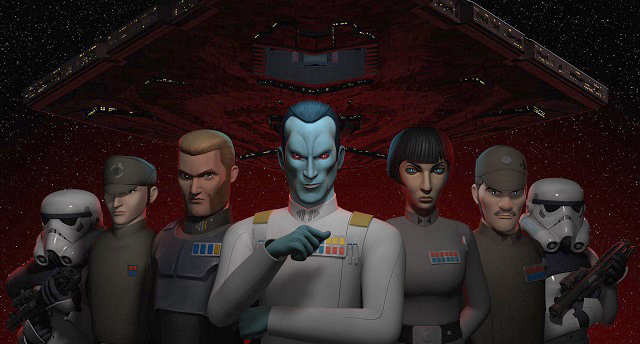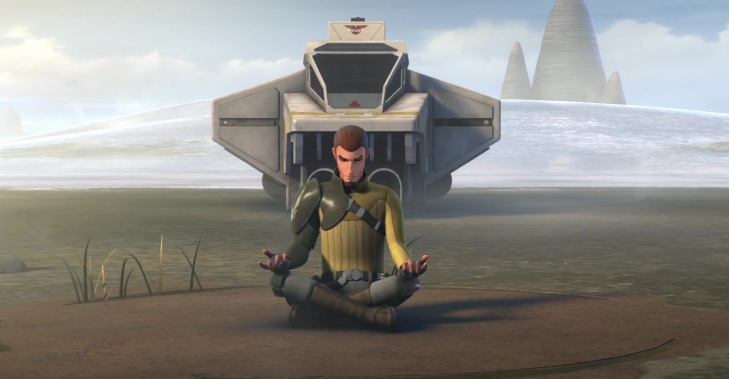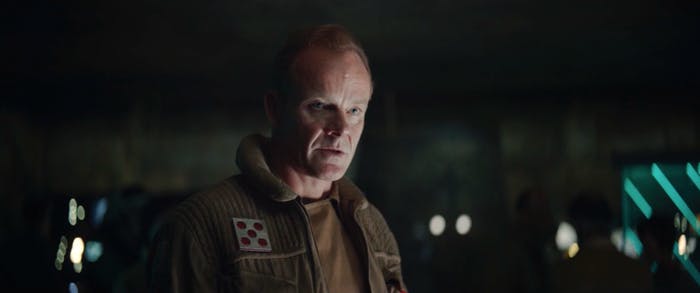
There’s a long line outside a grimy cantina on the Outer Rim world Aduba-3, a wasteland of a planet where no one ends by choice. Word has spread around town like wildfire: two strangers, a Corellian and a Wookiee, are hiring spacers for a job. One of the spacers, desperate to get a chance to leave the hellish world, can’t take the long wait anymore.
“Outta my way, rodent!“, he growls to the big-toothed alien in front of him, “I just found out that new guy is hirin’ spacers and I want some money so’s I can get off this rock!”
The big-toothed alien turns his head around and spits back with a snarl:
“I ain’t no rodent, cap’n, an’ I’m next in line.”
And that was how the world was first introduced to Jaxxon, the Lepus carnivorous, a tall green alien in a red jumpsuit that seemed to be taking pointers from the books of both Han Solo and Bugs Bunny, and who became one of the first non-movie characters to join Luke, Han and Leia in the Star Wars universe. He would go on to appear in just a handful of comic book issues in 1978, but the mark he left in the galaxy would be indelible.
If you’ve never read these stories and you’ve only heard of Jaxxon through chatter on the internet, it’s very likely that your opinion on the big green rabbit is not very positive. If there is a poster child for those who don’t appreciate the campiest side of Star Wars, it has to be Jaxxon: he’s, after all, a massive green-furred space rabbit with an attitude. You can’t get much more cartoony than that. It’s perhaps not surprising that Jaxxon hasn’t been seen in the current continuity aside from a couple of humorous non-canonical appearances. He’s the kind of character that seems destined to be a footnote in comic book history, little more than an inside joke that can only be enjoyed ironically.
But that changed all of a sudden when IDW’s Editor-in-Chief Chris Ryall tweeted the following:
And if you want to the feeling of '80s Star Wars comics with your kids, our Star Wars Adventures series is gonna feature an appearance by Jaxxon this spring. https://t.co/FABri9AKbe
— Chris Ryall (@chris_ryall) February 28, 2018
Without any special fanfare, Jaxxon’s canonization was announced in a simple quote-tweet. The tweet didn’t go unnoticed, with sites like Nerdist running to report of Jaxxon’s triumphant return. We still don’t know if his appearance in IDW’s anthology title is going to be little more than a cameo or if he’s going to be getting his own tale, but there’s one thing we know for sure: Jaxxon is back.
So how did a character that appeared in a total of four comic issues back in 1978 get such an infamous reputation? How did he become the original Jar Jar Binks, loved by children and hated by apparently everyone else? And what does his return mean to the Star Wars universe? Is there still space for a green rabbit in the galaxy far, far away?
And who is that green rabbit anyway? Read More




